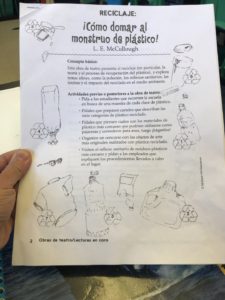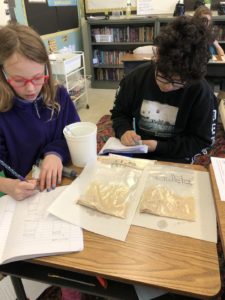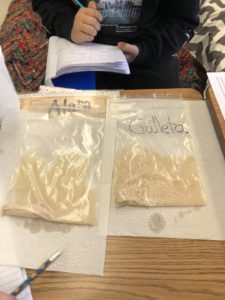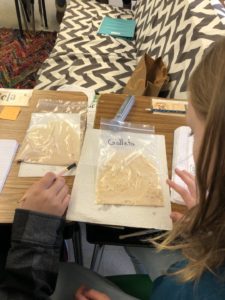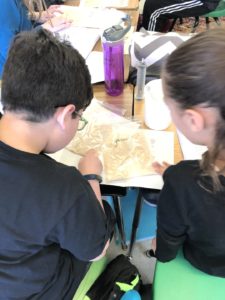History & Geography
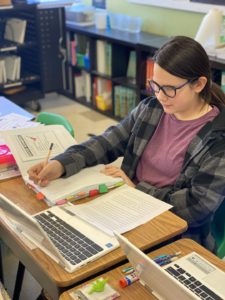 This week we began learning about England in the Golden Age. Our objectives were to:
This week we began learning about England in the Golden Age. Our objectives were to:
- Identify Henry VIII as the king who started the Church of England because he wanted to remarry and have a male heir.
- Explain why Elizabeth I became queen, following Mary I’s death
- Describe how Elizabeth I kept peace between the Catholics and Protestants in England
- learn about William Shakespeare and begin reading an abridged version of A Midsummer Night’s Dream
We will be heading to the Wells Fargo Museum on Friday March 6th! This is a preview for what we will be studying during our US History chapters. We will be meeting at the museum at 9:45. There is only street parking available around the museum so it’ll be best to carpool. Our tour/ activities start at 10:00 am and will continue until 11:15. There will then be time for questions before we head back to the school. There is unfortunately no place for us to eat lunch at the museum. Mtra.Paola has agreed to let students eat lunch during class in the afternoon if we run out of time.
If you have any questions please let me know!
Mathematics
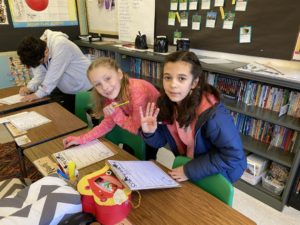 This week we began learning about Decimals. Our objectives were:
This week we began learning about Decimals. Our objectives were:
- read and write decimals to the thousandths place in standard, written, and expanded form
- compare decimals using a place value chart
- order decimals from least to greatest, or greatest to least
- we also completed our first Unlock Challenge by unlocking the math love for Valentine’s Day!
Lectura
This week in Lectura, we continued to review the objectives for this unit, answered questions and got ready for our unit assessment next week. Students took home our review packets to study over the weekend. Please make sure they bring them back on Monday.
We are in the final stages of our persuasive writing assignment. We will be ready to publish our pieces next week.
Ciencias
This in science our focus questions were: What are the conditions an organism need in order to survive and perform the functions of life? What does yeast need to break its dormancy? Students designed an investigation to determine the necessary conditions for activating dry yeast. After determining that warm water and a cookie produce yeast activity, they conducted an experiment to discover that it is the sugar in the cookie that activates the yeast. Yeast was introduced as a single-celled fungus.

